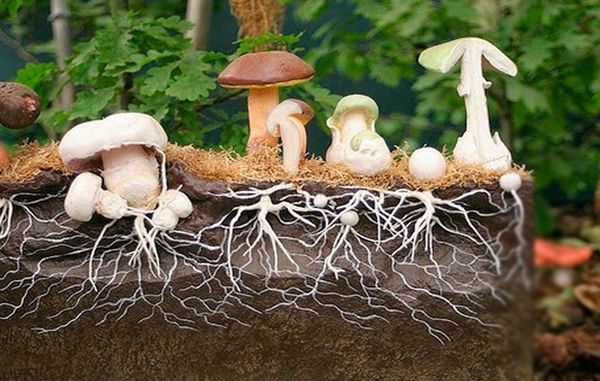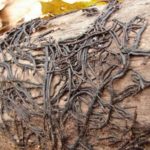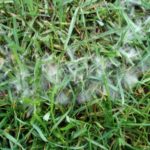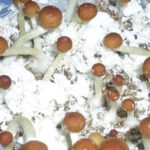At present, the production of champignons and oyster mushrooms is quite popular and profitable. A good product is obtained from high-quality and pure culture of mycelium, which, if desired, can be grown in home premises. The detailed information presented in the article answers the questions about what it is and how to cultivate it.
Table of contents
What is the mycelium of fungi and its functional features
Mycelium or its other name, mycelium - the vegetative body of fungi (thallus) - is a system of the finest branching threads or hyphae. Thallus is divided into two types:
- substratedesigned to attach to the substrate and transport nutrients and water;
- airforming reproductive organs above the surface of the substrate.
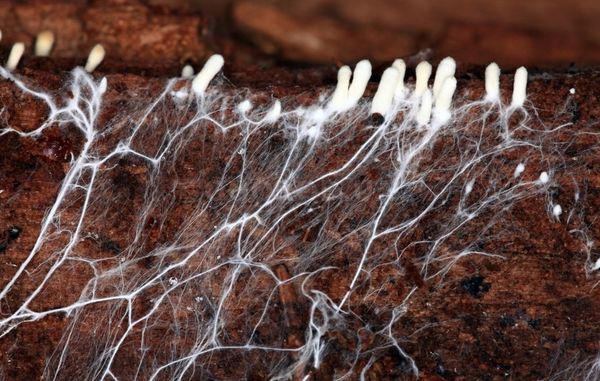
Mycelium performs a number of important functions:
- promotes attachment of organisms to nutrient substrates;
- with the help of enzymes it processes cellulose, getting from it substances available for growth and development;
- has a function adaptation to the environment;
- participates in sporulation and is responsible for the preservation of the resulting spores.
The mycelium is a very important organ, in addition to its transport and nutritional functions, it is responsible for the vegetative reproduction of organisms.
Types of mycelium and how they look
There are 7 varieties of the vegetative body:
- Film, consisting of light, tightly woven hyphae of different sizes. The main function is to attach to the substrate and obtain nutrients from cellulose.
- Stringedformed by the accretion of hyphae and responsible for the attachment and distribution of fungi due to strong branching.
- Rhizomorphs they are powerful cord-shaped interlacings of threads of different colors, which determine the resistance of organisms to unfavorable environmental conditions.
- Rhizoctoniaconsisting of thin and aerial cords of hyphae that serve to attach and spread organisms.
- Sclerotia formed by tightly woven among themselves and strongly branching threads. Like rhizomorphs helps to endure aggressive living conditions.
- Stroma formed in places of contact with the tissue of the host plant, tightly fused with it, and are designed to preserve fungal spores.
- Fruit body is a place of formation and maturation of the fungus spores.
- Rhizomorphs
- Rhizoctonia
- Stroma
What are mycelium for?
The main purpose of cultivating thallus is to harvesting edible mushrooms. As soon as people realized that the accumulations of hyphae perform the function of reproduction, they began to use parts of wild champignons for cultivation in domestic conditions. But such a product did not give a high yield.
Over time, attempts were made to cultivate pure cultures of mushrooms to increase their productivity and sustainability. At the end of the 19th century in France, it was possible to obtain such a culture of champignons grown on a special sterile substrate.
Grown mycelium showed excellent growth characteristics. Using the technology of obtaining thallus in the laboratory, it became possible to produce cultured mushrooms on an industrial scale.
How to get a quality mycelium
Before you start cultivating mushrooms, you need to know where to get the mycelium. The highest quality mycelium get in laboratories. This product can be bought in specialized stores with good reviews.
If desired, the mycelium can be grown at home by yourself, properly preparing the substrate, providing comfortable environmental conditions and sanitation. Implement this idea is quite possible.
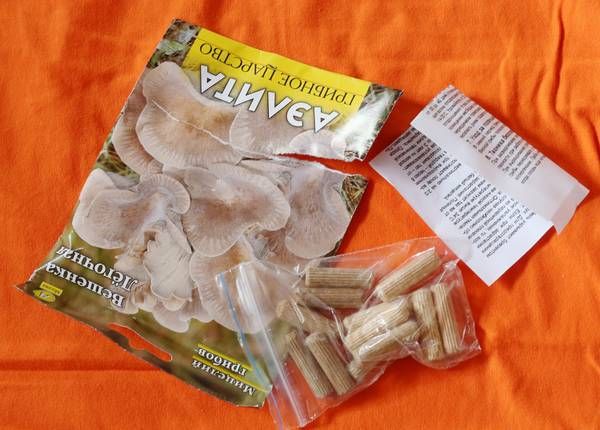
Getting mycelium with your own hands is a suitable way for beginner mushroom growers, because it provides an opportunity to try the method on a small batch and without large expenses.
Features of growing technology
The technology of growing mycelium for the purpose of cultivation of champignons, oyster mushrooms, again, involves the sequential implementation of several procedures.
The first method of obtaining pure culture from champignon spores It is still widely used to cultivate high-quality mycelium, called uterine. This method allows you to grow pure strong crops, yielding a good harvest and having excellent characteristics.
The main task of the mushroom grower in obtaining uterine thallus is to maintaining aseptic conditions so as not to infect the culture with microorganisms present in the environment. Compliance with this rule guarantees a quality product with excellent taste properties.
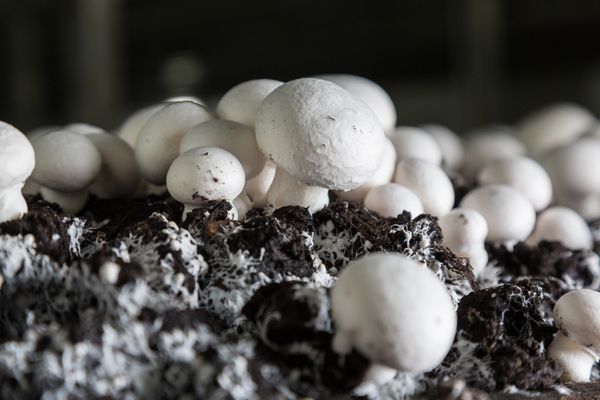
Mature spores or part of the fruit body are planted on the substrate, which is a sterile nutrient medium mash agar, oatmeal or carrot agar.
The media is prepared in test tubes, and after they are set, culture is introduced into it with a sterile instrument, which can be a wire or a needle with a loop at the end. To maintain sterility, all manipulations are performed. over the fire.
The tubes are sealed with a sterile cotton-gauze stopper and stored at a constant temperature. about 24 degrees within 2 weeks before the formation of a full-fledged mycelium. Royal culture in test tubes can be stored for a long time at a temperature 1-2 degrees with periodic reseeding (1 time per year) to maintain good properties of the mycelium.
The next step is receiving seed from compost or grain mycelium. The highest quality compost is formed from the following ingredients:
- manure, preferably horse or cow;
- straw;
- gypsum;
- a piece of chalk;
- urea;
- superphosphate;
- alabaster flour.
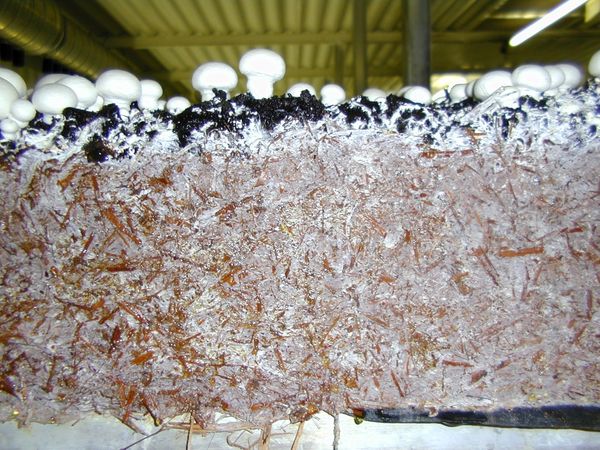
Convenient to use as a substrate ready compost. It is placed in a three-liter jars for 2/3 of the volume, make a depression in the middle, roll the jars in a metal lid with a hole of 2-3 cm in the middle. The hole is sealed with a cotton-gauze plug and sterilized containers.
Under aseptic conditions, uterine mycelium is planted in the compost cavity through a hole in the lid, which is closed again after the procedure. Cultivation of the sowing mycelium is carried out similarly to the uterine.
For growing mushrooms at home is convenient to get cereal mycelium. To do this, it is important to properly prepare the grain:
- Cook the grain in water at a ratio of 1: 1.5 for 30-60 minutes and cool it.
- Dry the grain and place it in jars or polypropylene bags, filling them in half.
- Sterilize the prepared materials.
- Sow mycelium, as is the case with compost.
The production of high-quality mycelium requires a certain skill and careful preparation of conditions.Therefore, before you get down to business, it is best to try to grow a small batch of crops and harvest the first crop. The experience gained will be very useful and will allow you to evaluate all the pros and cons of a project for growing mushrooms.
